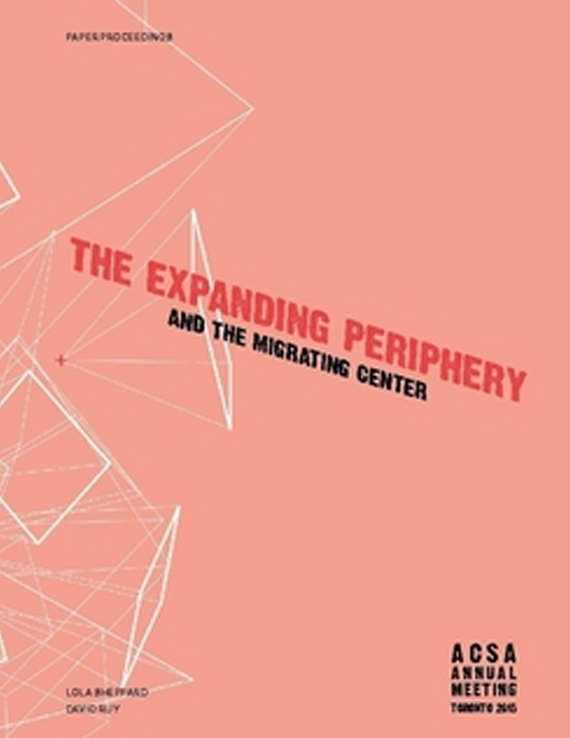Author(s): Julia Sedlock
Robert Venturi points out that Architecture is complex enough on its own terms. The premise of this paper is that Architecture’s terms include its capacity to reorganize and distill the existing material of the world into surprising, yet legible alternate realities that generate and support new subjectivities and collective spaces. This is a complex and ambitious agenda in itself, and requires certain clarity of representation to manifest. At present there is a movement of architects enthusiastically engaged with architecture’s task of world making. Among this cohort, the focus of the work is varied in scope and medium – from the intimacy of installation to the expanse of the urban, including everything from books and drawings to buildings and infrastructures – yet what binds this work together is its belief in the speculative potential of architecture to create new ways to live in the world, as well as its use of low-resolution, figural form and cartoon-like representation to communicate that potential in an optimistic and accessible way. The earlier quote by Alan Colquhoun helps make the point that this emphasis on figuration should not be interpreted as a disregard for complexity, but rather as a different way to package and deliver complexity in a way that is open to interpretation by a range of audiences. This paper focuses on a specific trend or subset among this work in which interest in figuration and profile manifests as explicitly zoomorphic form — that is, forms that resemble creatures (or beasts or critters or monsters, depending on your tastes). Though unabashedly whimsical in appearance, these projects are motivated by a serious interest in architecture’s interaction with the public realm, and use the figural forms of creatures in a literal and dead-pan manner in order to attack that interest head on. In the projects that we will look at, the complex geometries of actual creatures are abstracted to low resolution, often ambiguous shapes, some through the smooth curvatures generated by digital technology and others through the extrusion and Boolean operations of primitive or simplified geometries (straight lines and arcs; cubes and spheres). These operations produce objects that possess body parts such as heads, legs, necks, tails and eyes, and through the interaction of those parts endow the object with a specific disposition, which many would call a personality or character, and which implies a capacity for interaction.
Volume Editors
David Ruy & Lola Sheppard
ISBN
978-0-935502-95-4

 Study Architecture
Study Architecture  ProPEL
ProPEL 
